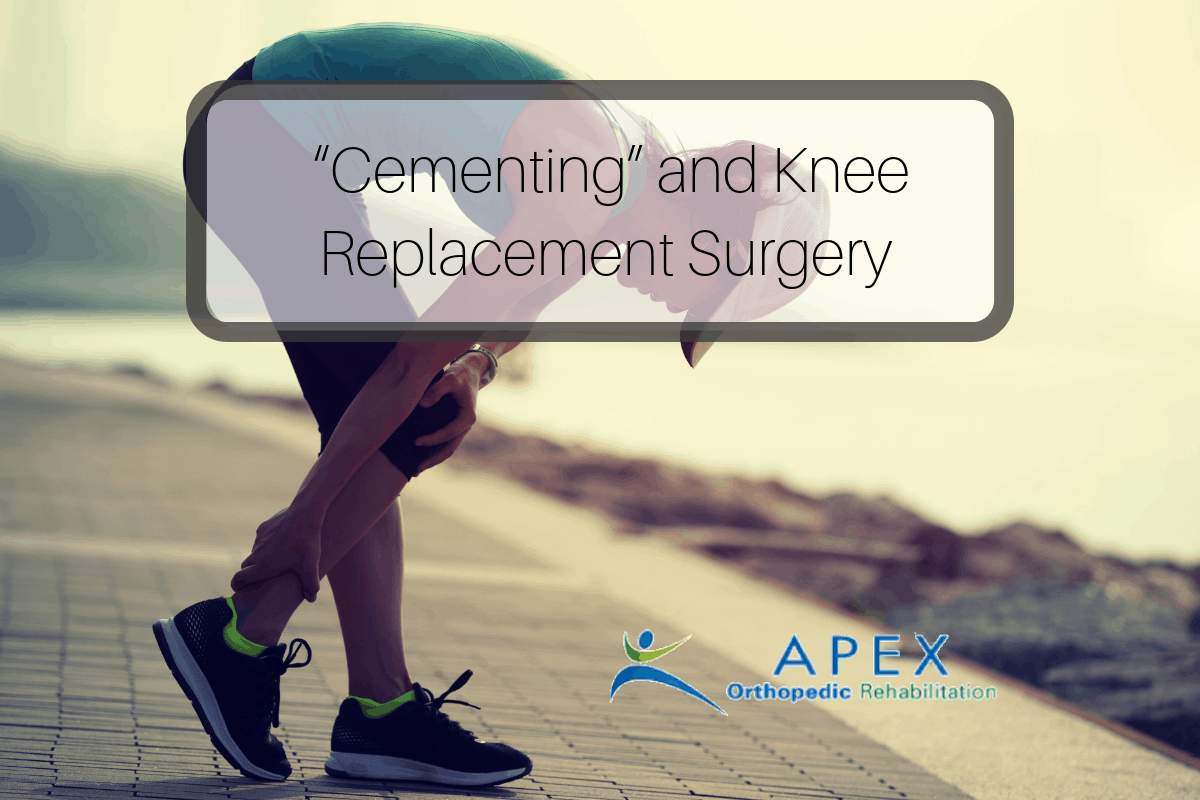More than 580,000 knee replacement surgeries—the vast majority of them successful—are performed in the United States each year. In this procedure, special acrylic bone cement is often employed to adhere the new artificial knee parts to your leg bones. Its technical name is polymethylmethacrylate, or PMMA.
What is PMMA?
In some situations, the surgeon can allow the natural bone that surrounds the artificial joint to grow into and around the replacement parts, a process that serves to “cement” them in place, but it takes time for this to happen. More commonly, especially in patients whose outcomes are predicted to be free of complications, the surgeon opts to use PMMA, a space-filling, load-transferring substance that helps evenly distribute weight on the joint.
Rehabilitation
Because one of the major benefits of using PMMA is that it allows the patient to immediately bear weight on the joint, rehabilitation can begin right away. Bending the knee can begin the day after—or even the day of—surgery, depending on the surgeon’s evaluation. The day after surgery, a hospital staff physical therapist will help the patient stand and take several steps with a walker, progressing eventually to crutches, then to a cane.
After the patient comes home, we can design and implement an ongoing rehabilitation program to continue to increase knee joint function and range of motion.
Typically, patients who have had knee replacements and who have followed an exercise regimen can walk as much as they like by six weeks after surgery, and they can drive at that point, too. Patients can play golf and swim at the eight-week mark and play tennis after 12 weeks.
Personalized Physical Therapy Services in Wyckoff and Ridgewood NJVoted the Most Attentive Orthopedic Physical Therapists in Bergen County
Results-Oriented Back Pain, Neck Pain, Knee Pain Treatment and Solutions
Affordable and Personalized Physical Therapy Clinic serving Wyckoff and Ridgewood NJ



